Art Fairs
artnet Asks: The Antique Lovers Biennale
The most important antiques fair in Europe is happening now.
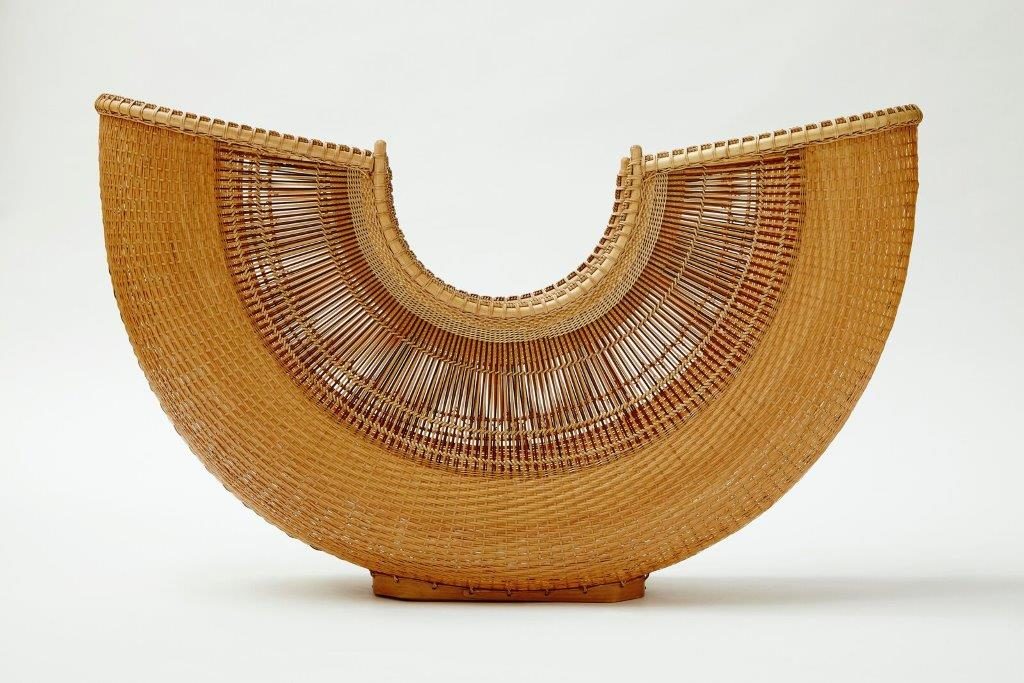
The most important antiques fair in Europe is happening now.

Antje Linck

The Biennale des Antiquaires is taking place now until the 18th. Dedicated to “the art of French living,” it is the most important antiques fair in Europe. Hosted in the Grand Palais in Paris, the fair will showcase great works of antique and contemporary design. From minimalist Scandinavian furniture to rare Chinese ceramics, the Biennale des Antiquaires is a source of eye candy for lovers of old and new-world wares. 2016 marks the year before it becomes an annual event. We interviewed the makers, designers, and exhibitors of the fair to find out what’s new this year.
artnet: Could you tell us about your plans for the Biennale des Antiquaires?
Nathalie Crinière, the exhibition space’s interior designer: Our first idea was to make people feel well-received in the space and comfortable discovering the treasures of the Biennale des Antiquaires. The Grand Palais is one of the most beautiful monuments in Paris and our first idea was to make the design follow its pace. The Biennale des Antiquaires is still an art fair and we have a lot more exhibitors than previous years. But, to change its perception, when you enter the Biennale you won’t see those elements. Instead, you have this big space to decompress from the outside, to keep in mind the beauty of the Grand Palais’ canopy, to meet other visitors, and to ready yourself to discover beautiful works of art.
artnet: For the first time ever you will be hosting two exhibitions without works for sale, “A Century of French Elegance: Masterpieces of the Eighteenth Century” and “Tradition and Daring: Musee du Mobilier National.” What is your vision behind these exhibitions?
Jean-Daniel Compain, director general of the Biennale des Antiquaires: Biennale des Antiquaires is a journey. Our exhibitors come with incredible masterpieces and we want to do our part by inviting the most exciting public collections from France and other international institutions. Coming to the Biennale is a global experience, it’s about the art market, but it is also definitely more than that.
artnet: What will be the highlights of your booth at the Biennale?
Félix Marcilhac, Jr. of Galerie Marcilhac: For this 2016 edition, I will show two exceptional cubist sculptures in stone by Joseph Csaky from 1920, a wonderful Clément Rousseau table in Galuchat and palm wood, a Jean-Michel Frank green shagreen, and an exceptional floor lamp by Pierre Chareau.
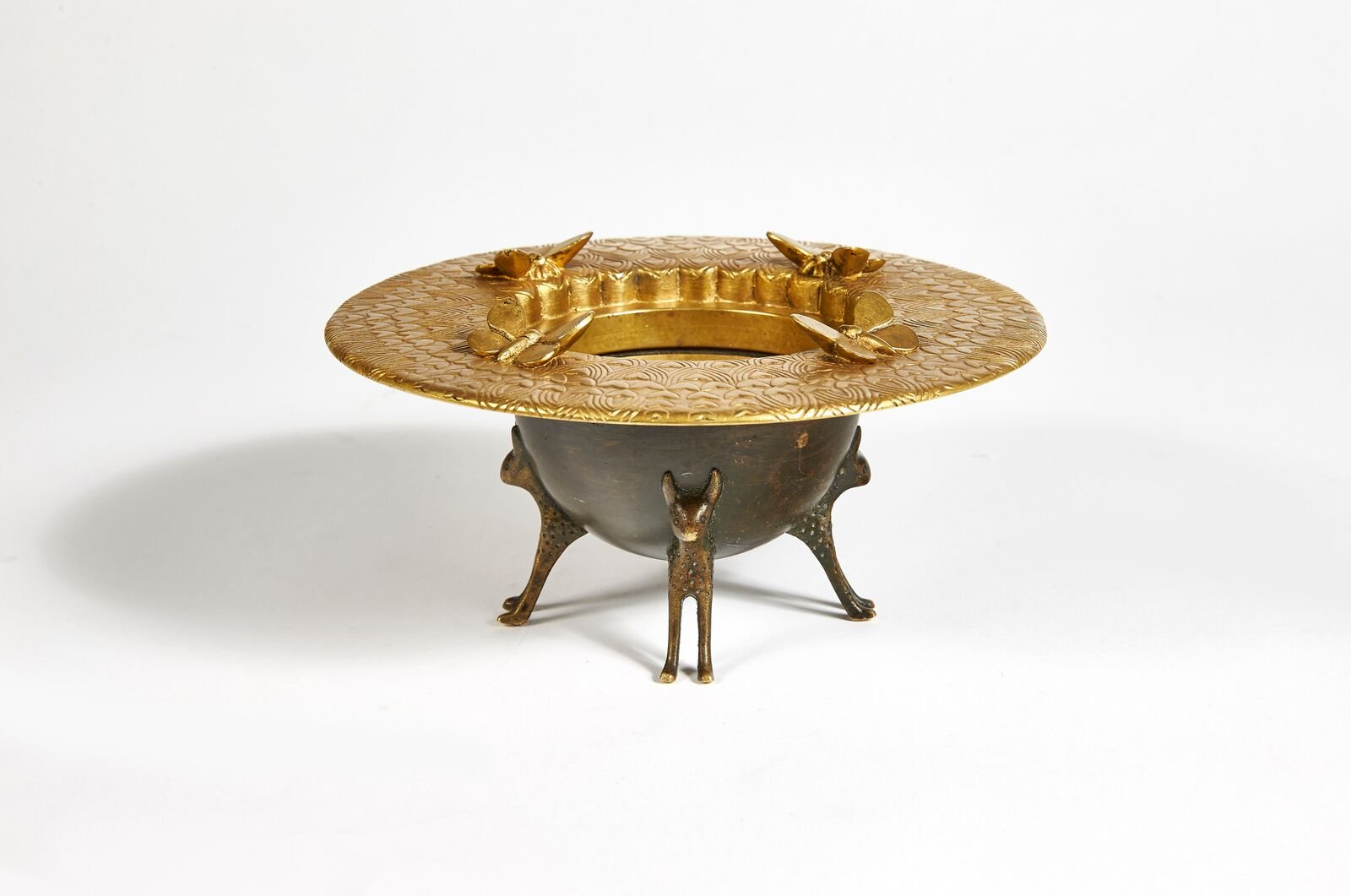
Armand Albert Rateau. Courtesy of Galerie Marcilhac.
artnet: How did you develop your eye in your specialty?
Benoist Drut of Maison Gerard: My first love as a child and adolescent was 18th-century French royal furniture. This may not be the most obvious path to collecting art deco pieces, but the core elements of 20th-century furniture are often deeply rooted in history. Another factor were the years, or should I rephrase, decades, of sifting through millions of objects. Some beautiful, many horrifying, a few exceptional, and most of them run of the mill—uneventful at best.
artnet: Over half a century old, the Biennale des Antiquaires has adapted to changes in the art market since the 1960s. We asked a few exhibitors what their biggest challenges are as gallerists who specialize in antiques:
Benoist Drut: Ensuring proper provenance is a leading issue. Not all standards of research are the same. With the proliferation of information on the internet, sometimes it is difficult for something very rare and special to be seen in that way.
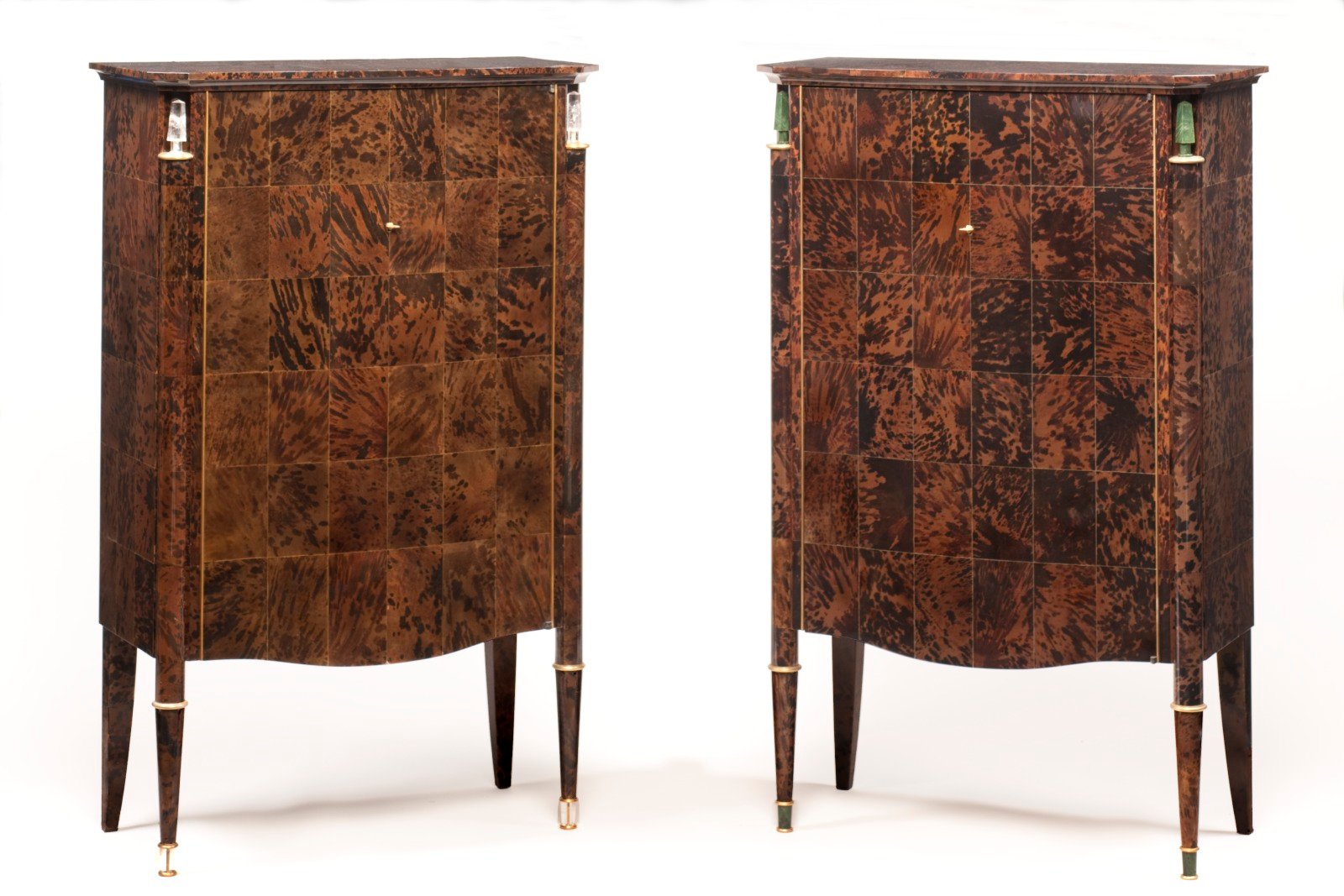
Jule Leleu. Courtesy of Maison Gerard.
Christel Nygaard of Gallery Dansk Møbelkunst: The market has changed considerably in the last few years. More and more of our contact with clients are digital and visibility on the internet and social media is very important. It has become easy to find artworks and vintage design pieces sold by galleries from around the world, but it has also become correspondingly more difficult to navigate this expanded field, and to know the quality of what you are buying. The challenge for us in this context is to maintain a continuous, personal relationship with clients that is based on confidence and knowledge.
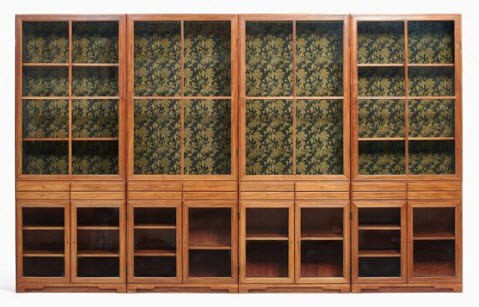
Kaare Klint. Courtesy of Gallery Dansk Mobelkunst.
Philippe Boudin of Galerie Mingei Japanese Art: Our biggest challenges are to help and to guide a new generation of collectors, to participate in the building of new collections, and of course, to be vigilant with regards to the quality, authenticity, and beauty of the objects we present. Our goal is to establish bridges between the ancestral traditions and the contemporary creation of Japanese art. Whether working with lacquer, bamboo, metal, or glass.
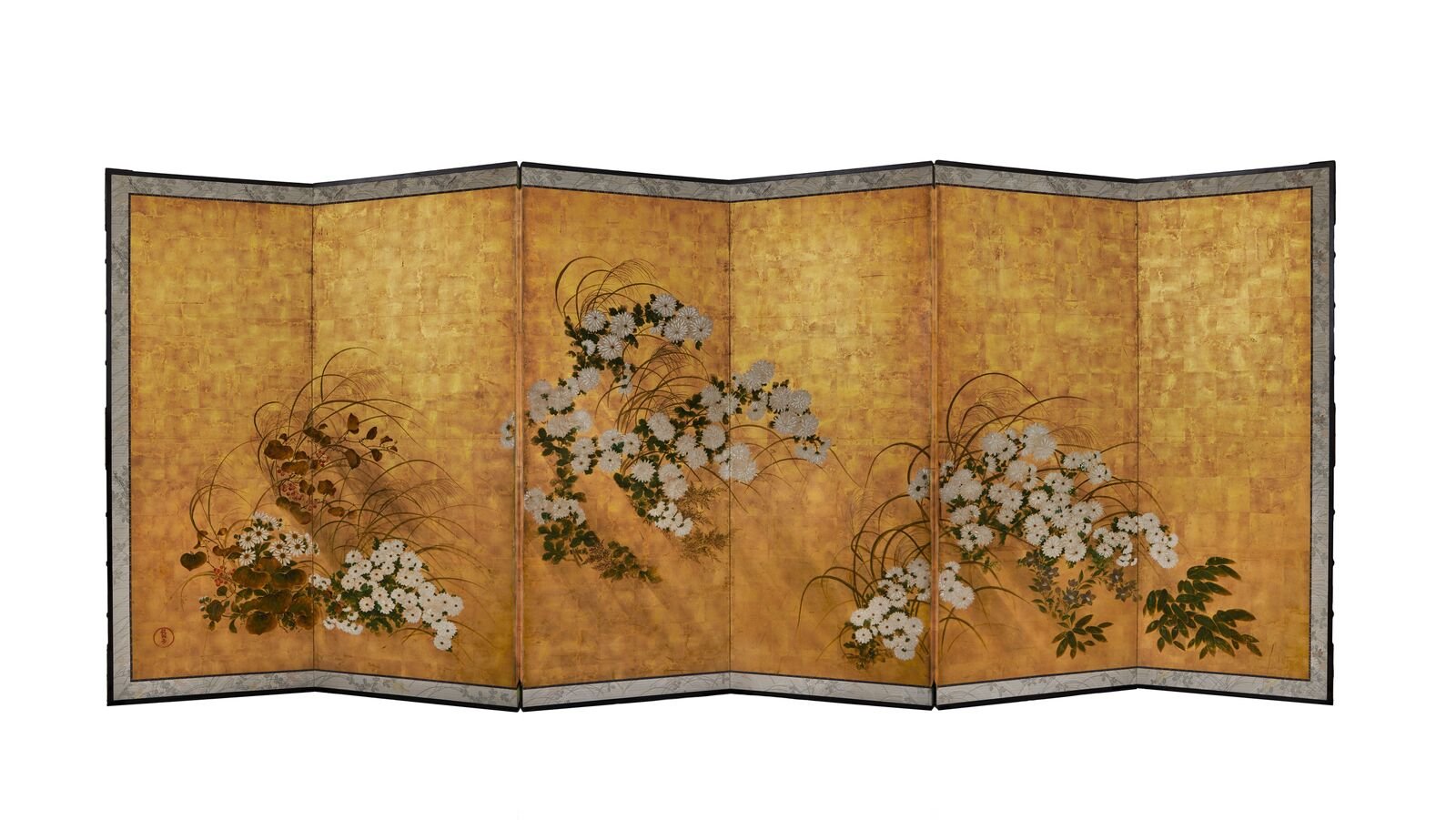
Suzuki Kiitsu. Courtesy of Gallery Mingei Japanese Arts.
The artnet Price Database offers the most comprehensive archive of auction results in the world, comprising over 10 million records dating back to 1985. Learn more about the database here.